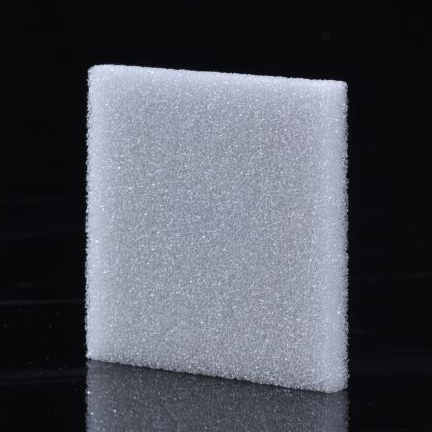
PMI Foam in 5G: The Invisible Core Material Driving High-Speed Communication
The Invisible Enabler: PMI Foam's Critical Role in 5G Infrastructure
The rollout of 5G communication technology demands more than just faster chips and new antennas. It requires a fundamental shift in the materials used for network infrastructure, especially in components that must be radio frequency (RF) transparent yet structurally robust. As 5G operates on higher frequency bands (including millimeter-wave, mmWave), the need for materials with extremely low dielectric constant and dielectric loss becomes critical.
This is where PMI Foam (Polymethacrylimide foam) steps in as a core enabling technology. With its unique combination of excellent dielectric properties, high specific strength, and thermal stability, PMI foam is the ideal core material for radomes (radar domes), miniature antennas, and structural components in 5G base stations and advanced communication systems.
The Science Behind PMI Foam and RF Transparency
PMI foam, with specialized grades like "HF" (High Frequency), is characterized by two key electrical properties that make it perfect for 5G:
1.Extremely Low Dielectric Constant (ϵr): The dielectric constant of PMI foam is very close to that of air (ranging typically from 1.05 to 1.15). This is crucial because materials with a low ϵr allow radio waves to pass through them with minimal distortion or phase shift. For 5G's precise, high-frequency signals, this ensures high wave transmittance and minimizes signal interference.
2.Low Dielectric Loss (Loss Tangent, tanδ): Dielectric loss measures how much signal energy is absorbed and converted into heat as it passes through the material. PMI foam exhibits an extremely low loss tangent across the wide frequency range of 2 GHz to 26 GHz. This minimizes signal attenuation, ensuring that the 5G base station or device can transmit and receive signals efficiently over longer distances.
In essence, the foam acts as an electromagnetic window—structurally sound, yet virtually "invisible" to the 5G radio waves.
Applications in 5G and Communication Systems
1. Radomes for Base Stations and Airborne Systems
Radomes are protective covers for antennas and radar equipment. They must shield sensitive electronics from weather, debris, and physical impact while maintaining signal integrity
1)Structural Integrity: PMI foam is used as the core in fiber-reinforced composite sandwich radomes. It provides the necessary mechanical strength and rigidity to withstand high winds and environmental stress without adding significant weight
2)Signal Protection: Its superior dielectric properties ensure that the protective shell does not scatter or absorb the high-frequency 5G signals, allowing for maximum coverage and performance.
2. Miniature and Phased Array Antennas
As 5G uses smaller wavelengths and often employs Phased Array Antennas (used in mmWave), the antenna structure itself requires precise, lightweight, and electrically non-interfering supports. PMI foam is used as a structural spacer and support element within the antenna assembly, maintaining precise component positioning while minimizing its own impact on the signal field.
3. Lightweight Satellite and Drone Communication
For mobile 5G relays, satellite communication dishes, and drone-based communication nodes, lightweighting is paramount. PMI foam's high specific strength allows for the construction of durable, lighter enclosures and structural components, reducing power consumption for movement and increasing operational range.
Future Outlook and Processing Advantages
PMI foam is fully compatible with standard composite manufacturing processes, including Autoclave curing, RTM (Resin Transfer Molding), and Vacuum Infusion, often at high temperatures (up to 180∘C and beyond). This high-temperature stability allows for co-curing with high-performance resins, ensuring a strong, cohesive composite part suitable for mass production in the demanding 5G deployment environment.
PMI foam is a foundational material that helps bridge the gap between robust mechanical performance and stringent electromagnetic requirements, making it indispensable for the continued global expansion of high-speed, reliable 5G communication.

PMI foam
Latest News




